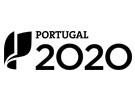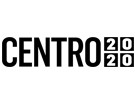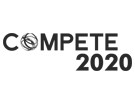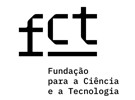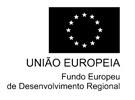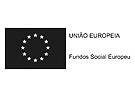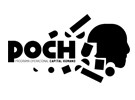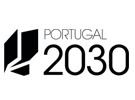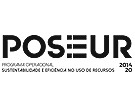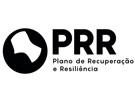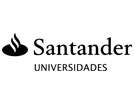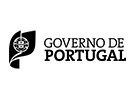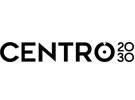


Publication in the Diário da República: Despacho nº 10766/2011 - 30/08/2011
6 ECTS; 3º Ano, 1º Semestre, 28,0 T + 14,0 PL + 28,0 TP + 5,0 OT , Cód. 911223.
Lecturer
(1) Docente Responsável
(2) Docente que lecciona
Prerequisites
Objectives
Program
Evaluation Methodology
Bibliography
- P. Robbins, W. e M. Undeland, T. (2002). Power Electronics: Converters, Applications, and Design. (Vol. 1). Wiley: John Wiley & Sons
- Monteiro, R. (0). Fascículo de problemas de Eletrónica de Potência. Acedido em 18 de setembro de 2022 em https://doctrino.ipt.pt/
- Monteiro, R. (0). Sebenta de Eletrónica de Potência. Acedido em 19 de setembro de 2022 em https://doctrino.ipt.pt/
Teaching Method
Software used in class

